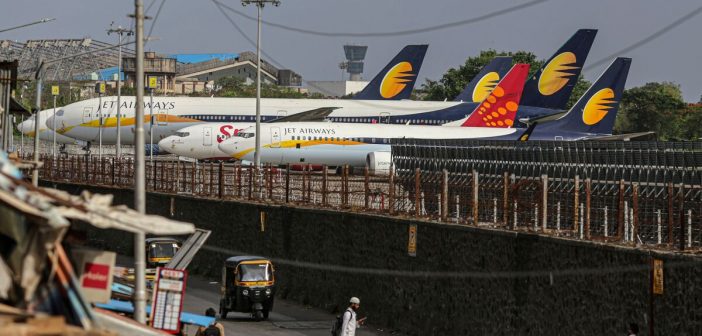Despite a booming middle class and surging travel demand, India’s aviation industry remains riddled with challenges. While some airlines achieve success, the landscape is littered with failed carriers, leaving passengers stranded and dreams grounded. This article explores the factors contributing to these failures, highlighting the obstacles that continue to impede the industry’s smooth ascent.
A Market of Missed Potentials
India is poised to become the world’s fastest-growing aviation market, with passenger traffic expected to skyrocket in the coming years. This growth, however, isn’t translating into financial success for airlines. Several prominent carriers have met their demise, leaving a trail of financial losses and disappointed passengers.
Case Studies in Failure
- Kingfisher Airlines: Once a flamboyant carrier known for luxury, Kingfisher Airlines collapsed under a mountain of debt. Aggressive expansion, mismanagement, and high fuel costs all contributed to its downfall.
- Jet Airways: Another major player, Jet Airways, ceased operations burdened by heavy debt and a failed revival attempt. Cutthroat competition, rising costs, and an inability to secure funding ultimately led to its grounding.
- SpiceJet’s Struggles: While still operational, SpiceJet, a low-cost carrier, has faced financial turbulence. Delayed payments, pilot strikes, and safety concerns have marred its reputation.
Factors Fueling the Failures
Several key factors contribute to the high rate of airline failures in India:
- Cutthroat Competition: The Indian aviation market is fiercely competitive, with budget carriers vying for market share. This intense competition often leads to price wars, driving down ticket prices and eroding profit margins.
- High Operational Costs: Airlines grapple with high fuel costs, airport charges, and aircraft leasing rates. These expenses significantly impact profitability, particularly for budget carriers with lower fares.
- Infrastructure Bottlenecks: Congestion at major airports leads to delays and inefficiencies, impacting airline schedules and raising operational costs. Insufficient infrastructure development struggles to keep pace with the rising demand for air travel.
- Taxation and Regulations: A complex tax structure and regulatory environment can hinder airline growth. High taxes on aviation fuel and cumbersome regulations add to the financial burden.
- Foreign Investment Restrictions: Strict foreign investment regulations limited foreign airlines from directly investing in Indian carriers. This restricted access to crucial capital for expansion and modernization.
A Glimmer of Hope: Recent Developments
Despite the challenges, there are signs of hope for the Indian aviation industry:
- Relaxing FDI norms: The government’s decision to relax foreign direct investment (FDI) norms allows for greater foreign participation, potentially providing much-needed capital.
- Revival Attempts: Efforts are underway to revive grounded airlines like Jet Airways. A successful revival could bolster competition and inject new life into the industry.
- Focus on Regional Connectivity: Initiatives aim to improve regional connectivity by promoting air travel to smaller cities. This can open up new markets for airlines and boost passenger traffic.
The Road Ahead: A Need for Collaboration and Long-Term Vision
The future of Indian aviation hinges on collaboration by various stakeholders. Airlines, airports, regulatory bodies, and the government must work together to address the industry’s challenges. Here are some key steps needed:
- Sustainable Business Models: Airlines need to develop sustainable business models that focus on cost optimization, operational efficiency, and route profitability.
- Infrastructure Development: Investing in infrastructure development to decongest airports and expand capacity is crucial to accommodate growing passenger traffic.
- Rationalization of Taxes: Streamlining the tax structure and reducing aviation fuel taxes can lower operational costs for airlines.
- Skilled Workforce Development: Investing in pilot training and creating a skilled workforce is essential to ensure the safety and smooth operation of airlines.
Conclusion
The Indian aviation industry has the potential to soar to new heights. However, overcoming the challenges that have led to past failures is critical. By fostering collaboration, addressing operational inefficiencies, and creating a conducive regulatory environment, India can transform its aviation industry into a true success story, connecting people, businesses, and destinations across the vast nation and beyond. Only then can the turbulence subside and Indian aviation truly take off.





